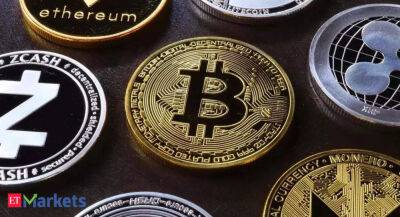Global inflation mounts: How stablecoins are helping protect savings
Economies around the world are facing a motley of challenges caused by rising inflation. High inflation devalues national currencies, which, in turn, pushes up the cost of living, especially in scenarios where earnings remain unchanged.
In the United States, the government has responded aggressivelyto inflation. The nation hit a 9.1% inflation rate in June, prompting the Federal Reserve to implement a series of fiscal countermeasures designed to prevent the economy from overheating. Hiking interest rates was one of them.
Soaring Fed interest rates have consequently slowed down consumer spending and business growth in the country.
The counter-inflation approach has also strengthened the value of the U.S. dollar against other currencies due to tight dollar liquidity checks. As 79.5% of all international trades are undertaken using the dollar, many countries are now paying a premium for imports to compensate for the dollar’s rising value, worsening inflation in those importing countries.
Subsequently, citizens in some flailing economies have started to convert their money into more stable foreign currencies to safeguard their money against value depreciation, and many of them are turning to stablecoins to achieve this.
Whitney Setiawan, a research analyst at the Bitrue crypto exchange, told Cointelegraph, “With the U.S. dollar recording steep appreciation against other fiat currencies, most crypto-savvy users have a special interest in holding stablecoins.”
Setiawan also predicted that the stablecoin sector was likely to disrupt the remittance industry in the near future due to the medley of benefits that stablecoins offer.
“With interest in stablecoins being fueled by various factors, I can predict it will be a matter of time
Read more on cointelegraph.com



















